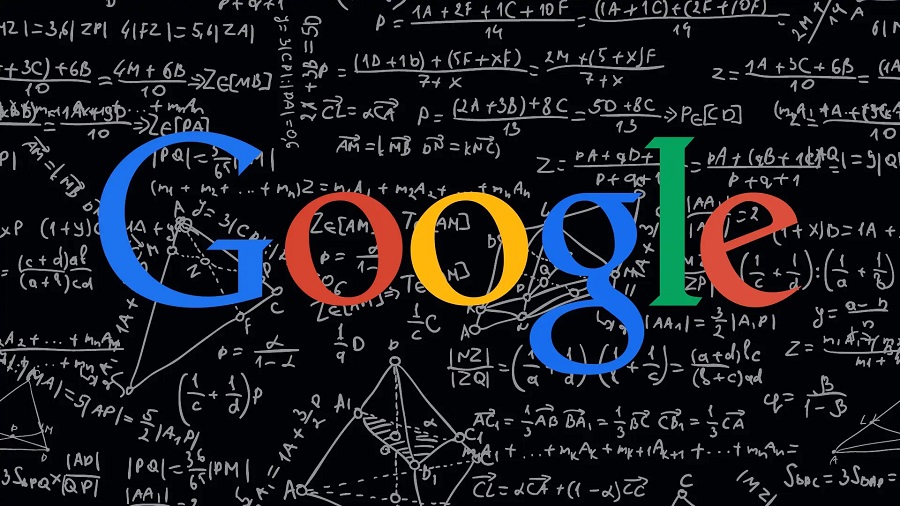Google is randomly offering its algorithm updates and search index changes. The search giant made around 4,500 changes to its search mechanism. Most of the changes were made to the user interface, ranking system, and some others in 2020. Google search is making an average of 12 times per day changes following at least 600 thousand experiments.
Google Algorithm Updates 2022
The search giant said the 3rd release of the product reviews update will appear after a couple of weeks. The company has combined the work of 2 earlier product review updates.
This update is designed to support Google to identify top priority product reviews and bring them up with better rankings. Google is offering 3 new bits of advice from its ranking lists and recommending the best products and creating reviews.
Google Algorithm Updates 2021
The company released a product review update on December 1, 2021. The key objective of the Google product reviews update was to provide extraordinary product reviews in its search results. Google needed to present users’ content with original search and efficient analysis.
This update took at least 3 weeks for its final release. The new advice for this Google update provided more multimedia opportunities around your product reviews. The update also adds links to multiple sellers for your top-level product reviews.
Local Search Update on November 30
This global update was released to balance various factors often considered in the generation of local search results. The update took around one week from November 30 to December 8. However, it overlapped with Core Update and Product Reviews Update 2021.
Core Update on November 17
This release marked the 3rd and final Core Update for 2022. This core update was impacting websites, wide-reaching, and effective SEO across all languages. The November 17 update took around 2 weeks for its final release.
The Spam Update on June 23
Google released a Spam Update to their systems and announced the 2nd refresh after one week. The company didn’t provide guidance or more information about the announcement. The search giant referred to its Webmaster Guidelines in a Twitter announcement.
Page Experience Update on June 15
Google started using a new set of mechanisms including Core Web Vitals to understand users’ behavior on a specific web page. The 3 Core Web Vitals are the LCP (Largest Contentful Paint) to measure loading performance.
The FID (First Input Delay) is used to measure interactivity and CLS (Cumulative Layout Shift) is used to measure visual stability. This update includes current ranking signals like page load speed, HTTPS, mobile friendliness, and a reduction in intrusive ads.
Multitask Unified Model Update in June
The MUM (Multitask Unified Model) of Google is designed on transforming architecture such as BERT. It is one thousand times stronger and capable of multitasking to link information for users more efficiently. This update provided help the search engine recognize around 800 variations of vaccine names in 50 languages.
Core Update in June
It was the first of 2 continuous Core Updates Google released earlier. Some of Google’s planned core updates weren’t ready in June, so the company decided to roll out these updates separately. This update was also comprehensive and wide-reaching.
Product Reviews Update in April
This update was designed to provide better reward product reviews including meaningful analysis from the original search. Google claimed it would upgrade these kinds of product reviews in the search results rankings of the search giant. The company also offered a list of 9 questions asking about users’ product reviews.
Passage Ranking Update on February 10
Google started announcing a change in the ranks of specific passages in search results from a web page. The update was designed to support searchers in finding specific information. Google claimed this update could impact 7% of search operations across all languages.
